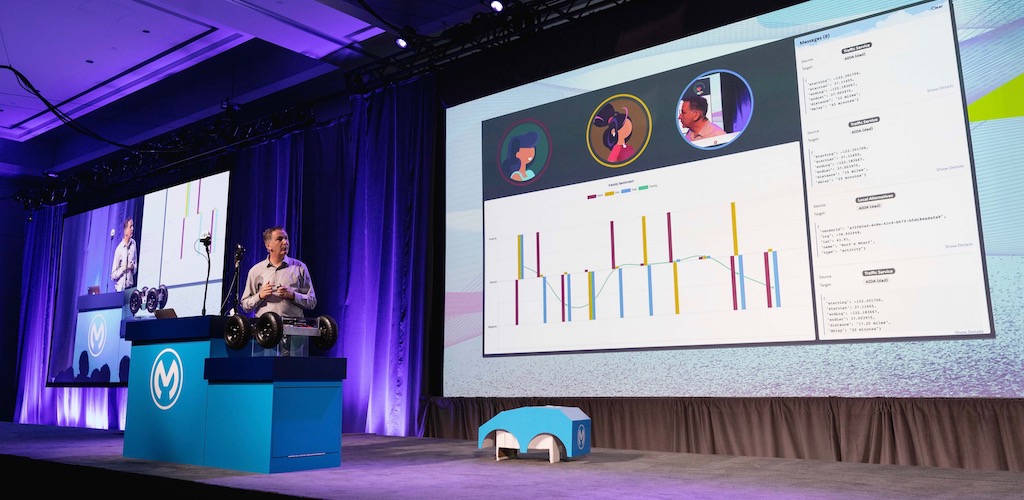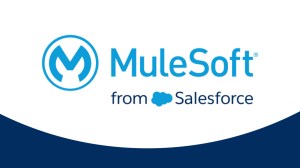It’s 2025. Customer service is faster, smarter, easier.

Each year at MuleSoft CONNECT, MuleSoft CTO Uri Sarid conducts a live demo to illustrate our vision of a connected future. This week at MuleSoft CONNECT San Francisco, Uri unveiled a not-so-far-off future of incredible customer service — where problems fix themselves as they arise and digital assistants anticipate and respond to human needs in real time. It all begins inside a smart car in the year 2025.
Problems fix themselves
Uri and his family have planned a beach getaway for the weekend. They’ve rented a car from a service called Motiva to get them to their destination. In 2025, the most successful companies have learned how to piece together disparate technology building blocks — from voicebots to machine learning capabilities to IoT devices — in order to create exceptional customer experiences. Motiva is no exception. The company provides mobility-as-a-service and adheres to one simple mission: get customers anywhere they want to go, at a low cost, with absolutely zero maintenance.
So when the tire pressure sensors fail in Uri’s rental car, Motiva is alerted immediately and is able to override the problem remotely. This is because each system and capability in the car is connected to Motiva’s larger application network using productized APIs. Although the tire pressure sensors failed, Motiva engineers were still able to access other data from the car, like the rotational speed of its wheels. Knowing that deflated tires rotate faster, the engineers used rotational speed sensors to build and deploy a predictive model for tire pressure on Uri’s car.
Using this temporary virtual sensor, Motiva bot (the digital assistant connected to the car) was able to alert Uri of the issue, reroute his GPS to a safe pullover location, and schedule a replacement vehicle to meet his family there — all through the power of the application network.
Machine to machine communication takes care of logistics
Motiva is just one example of excellent customer service in 2025. Each member of Uri’s family also has a personal digital assistant called Aida. Aida dramatically outperforms the Alexas and Siris of 2019, constantly stitching together services like virtual calendars, personal finance platforms, and even weather applications to meet the changing needs and expectations of each individual she serves.
On the road, Aida’s facial recognition tool picks up declining sentiment across Uri’s family members, and her GPS system interprets increasingly congested traffic conditions. Aida takes these cues to offer an alternative plan. She is connected to a real-time local marketplace that allows service providers to share information about lodging, transportation and activities within the area.
Aida puts in a hospitality inquiry that communicates Uri’s family’s preferences and needs (e.g. location, number of people) through web APIs. A Mule app sits in between Aida and the different seller marketplaces to translate her inquiry across the various formats they accept. The service providers, like Airbnb, share back their current offers through evented APIs. In this way, a marketplace of bots can efficiently negotiate, machine to machine, without a human middleman. Aida presents a new lodging offer to Uri and his family, and Motiva routes them to their updated destination.
Smart cities come to the rescue
In the third part of his demo, Uri reprograms a smart city to eliminate traffic on the way to an urgent care facility. Find out what happened and see the power of the application network live at an upcoming demo. MuleSoft CONNECT is coming to Chicago, New York, Sydney and London this Fall!



